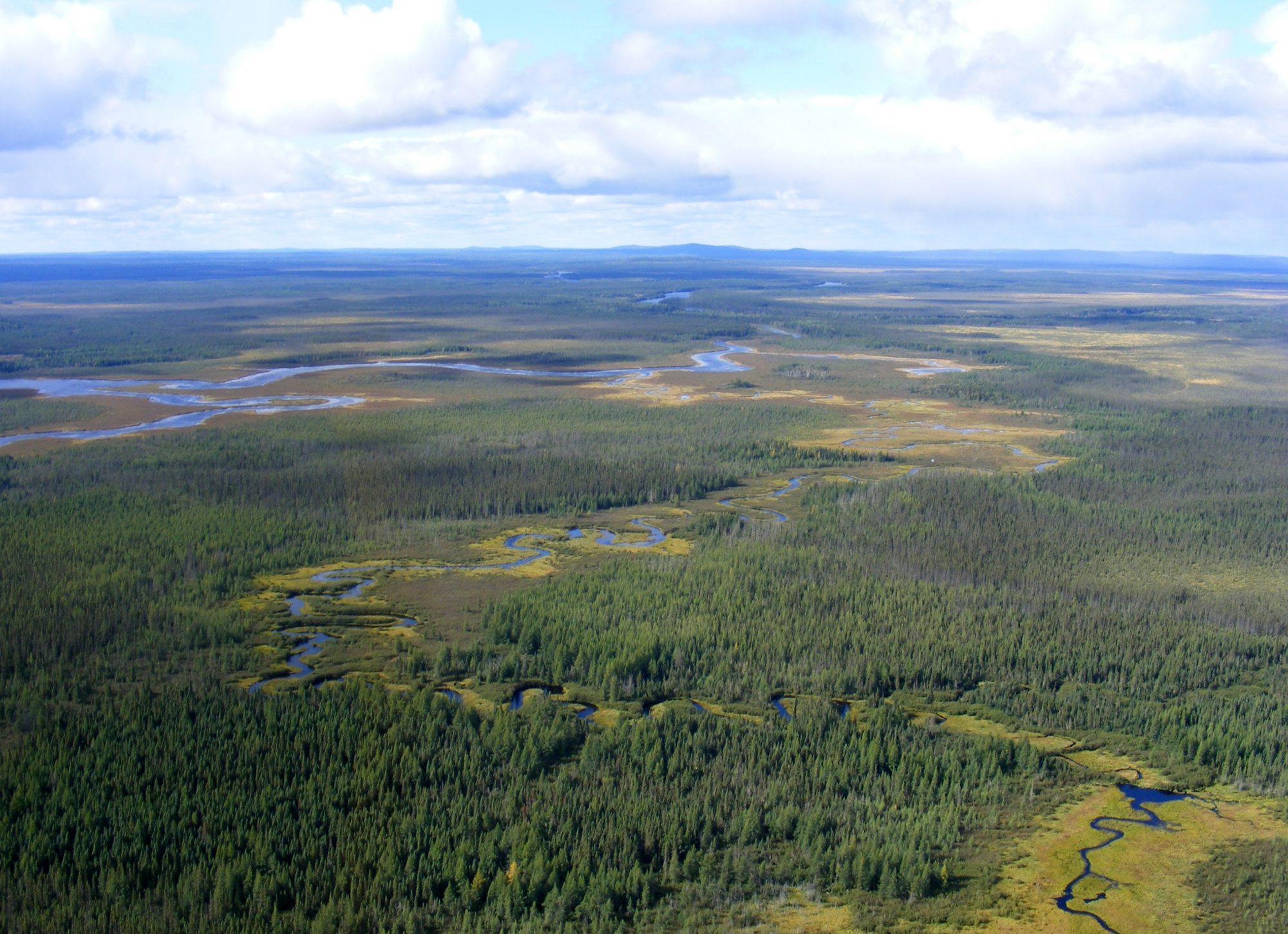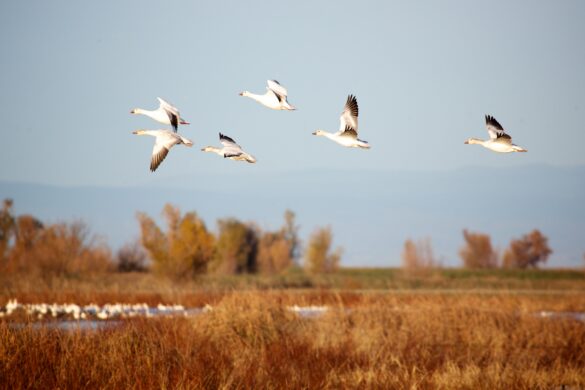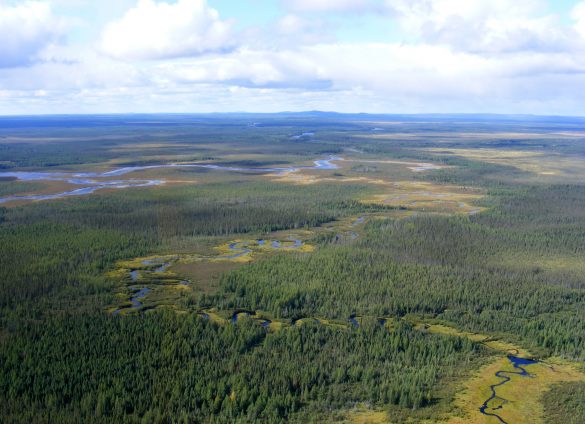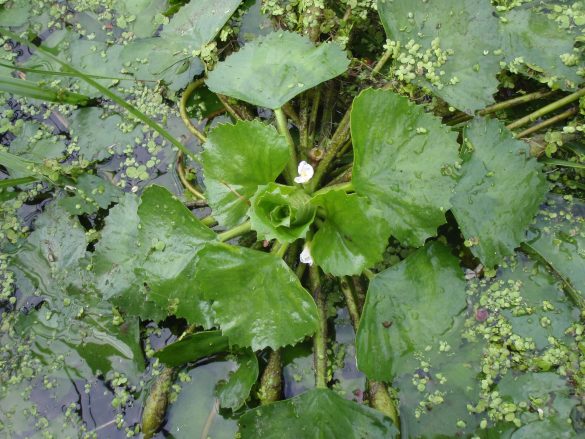The network of protected areas of land and freshwater covers 10.65% of Quebec’s territory
Context
In 1992, the Government of Québec had declared itself bound by the United Nations Convention on Biological Diversity. As such, Québec committed itself to achieving Aichi Biodiversity Target 11: “By 2020, at least 17 per cent of terrestrial and inland water areas and 10 per cent of coastal and marine areas… are conserved through effectively and equitably managed, ecologically representative and well-connected systems of protected areas…”
Case/ Project/ Initiative
In December 2002, the Government of Québec adopted the Natural Heritage Conservation Act in order to contribute to the objective of safeguarding the character, diversity and integrity of Québec’s natural heritage. The definition of “protected area” set out in the Act is:
- A geographically defined expanse of land or water established under a legal and administrative framework designed specifically to ensure the protection and maintenance of biological diversity and of related natural and cultural resources.
Since 2008, the International Union for Conservation of Nature (IUCN) has defined protected area as “a clearly defined geographical space, recognised, dedicated and managed, through legal or other effective means, to achieve the long-term conservation of nature with associated ecosystem services and cultural values.”
In Québec, any territory that meets one of these definitions is considered a protected area.
Protected areas are primarily designed to preserve species and their genetic variability as well as maintaining the natural processes and ecosystems that sustain life in its various expressions.
Any activity carried out on all or a portion of a protected area must not alter its basic biological characteristics. In cases of conflict, the conservation of nature has priority.
Why Are Protected Areas Important?
Since 1992, the Government of Québec has adopted two strategies and associated action plans for the implementation of the Convention on Biological Diversity within its borders. These strategies, whose implementation is coordinated by the Minister of the Environment and the Fight against Climate Change, have already outlined major objectives with respect to protected areas. Via these strategies, Québec emphasizes that protected areas are a key element in maintaining the diversity of species, ecosystems and wild genetic resources, as well as for attaining the objectives of sustainable development.
On environmental, ecological, scientific, educational, social, cultural, spiritual and economic levels, protected areas provide a wide variety of benefits.
From an ecological perspective, examples of benefits attributed to protected areas include producing oxygen, creating and protecting soil, absorbing and reducing pollutants, improving local and regional weather conditions, conserving groundwater aquifers, as well as regulating and purifying watercourses.
Protected areas are laboratories in natural environments. At any given time, they can provide us with unique data on how ecosystems function and on the species that live there. They are also a prized setting for recreational and outdoor activities that contribute to our physical and mental well-being.
In terms of economic benefits, protected areas foster the diversification of local and regional economies. They help preserve a biological potential that constitutes a renewable natural resource on which certain activities depend, such as hunting, fishing and trapping. They contribute very significantly to the tourism and ecotourism industries, which are rapidly expanding.
Moreover, protected areas currently represent a major component of sustainable forest management.
Québec’s Network of Protected Areas in numbers
As of March 31, 2019, Québec’s protected areas covered some 167,203 square kilometres, 10.03% of the total territory of the province. In all, 4,777 natural sites in Québec meet the definition of protected areas.
To help with the conservation of private lands, the government set up three private stewardship programs with an overall budget of 47 million between 2002 and 2013. These programs helped to protect close to 200 km2 of very rich biodiversity habitats in southern Québec. In May 2018, the Government of Québec announced the investment of $40,9 million, granted to the Ministry for the Environment and the Fight against Climate Change so that it can effectively manage and develop the network of protected areas in Québec. For instance, it has allowed the Ministry to support conservation initiatives led by municipalities, with a financial investment of $2,6 million over five years (2018-2023). This fund will offer matching funds to municipalities to protect natural spaces and biodiversity in their regions. A new private stewardship program of approximately $17,4 million will also be implemented to financially support initiatives in terms of voluntary conservation of the natural environment on private land in the south of the province of Québec.
Quebec’s Targets
On June 21, 2000, the Québec government adopted principles and strategic guidelines for the purpose of providing Québec with a network of protected areas representative of its overall biological diversity and that would, in total, cover 8% of Québec’s surface area. In April 2011, the government adopted new guidelines for protected areas that set a target of 12% of the territory by 2015. Since then, it has adopted more ambitious objectives to achieve the international goals outlined in Aichi Target 11 of the United Nations Convention on Biological Diversity Strategic Plan for Biodiversity 2011-2020.
Consequently, in launching the Plan Nord on April 8, 2015, Québec committed to reaching a target of 20% of the Plan Nord’s territory by 2020, including at least 12% in the boreal forest north of the 49th parallel. Through these objectives and the implementation of a strategy adapted to southern Québec’s regional characteristics, Québec is on track to reach the international target of 17% of land and freshwater protected areas by 2020.
The Government of Québec has also committed to reaching the international marine environment target by working in collaboration and consultation with the federal government to establish a representative network of protected areas covering at least 10% of the Estuary and Gulf of St. Lawrence.
Through these guidelines, the government acknowledges the importance and benefits of protected areas for all of Québec on ecological, economic and social levels. By adopting objectives and measures with a view to expand the current network of protected areas, it is focusing its efforts on preserving representative samples of all biodiversity, be it terrestrial, aquatic, estuarial or marine. It also targets the preservation of fragile or exceptional environments as well as the habitats of threatened or vulnerable species. The government intends to encourage participation of the major stakeholders and organisations, including native communities, concerned by the strategy on protected areas.
Outcomes
As of March 31, 2019, the network of land and freshwater protected areas extended to 161,540 square kilometres (10.68% of the territory), while 5,663 square kilometres of marine environments (3.65%) enjoy protected status. As a measure of comparison, it represents the total area of Tunisia, twice the area of Austria or three times the area of Costa Rica.
The network of marine protected areas covers 1,957 square kilometres, or 1.3% of Québec’s marine environments. 11.8% of the territory covered by the Plan Nord is protected.
- Lessons Learnt
Some of the greatest lessons learnt from the past decade are the importance of creating the science-based Ecological Reference Framework for defining Québec’s biodiversity, which was used throughout a systematic conservation planning process that allowed taking the representativeness of Québec’s natural ecosystems into account.
Another important lesson is having a strong law framework that supports implementation, which is why, in 2002, a new act introduced new protected area designations where industrial rights were withdrawn while ensuring the continuation of some low impact activities (e.g.: seasonal hunting, maintenance of existing cabins, recreation). This allowed for the creation of 100 new protected areas ranging from 1 to 11,871 km2 (average of 690 km2), all IUCN category II.
The majority of those areas are located on public land and the environmental certification procedure undertaken by logging companies facilitated the process. The consultation process enabled local communities to approve the boundaries before the start of formal protection.
- Main challenges
Some of the main challenges in setting such ambitious targets include the increasing involvement of local stakeholders and authorities in the creation process, which requires more energy and efforts to reconcile economic and social development with environmental protection.
Additionally, in order to meet the 2020 targets, Québec will have to increase the current designation rate of protected areas; in a marine context, creation requires that provincial and federal governments harmonise their efforts, which will require additional coordination efforts.
Furthermore, the progression of the network will need to take increased resilience to climate change into account.
Related Links




